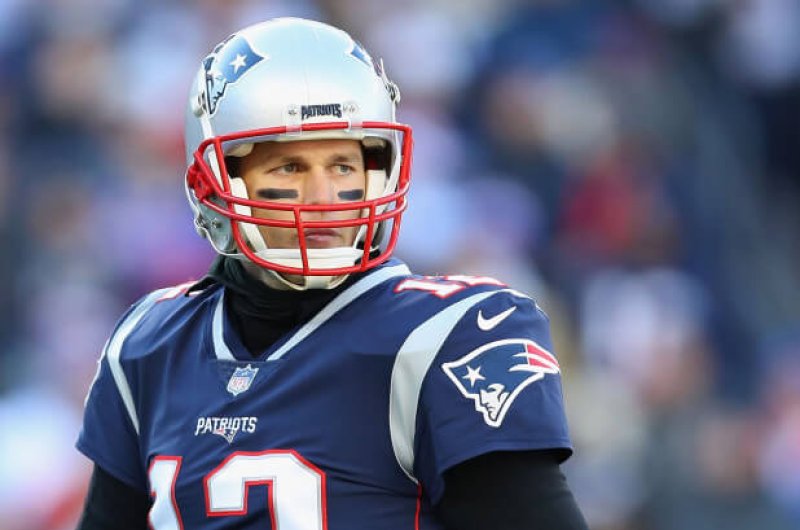Think of the veteran baseball slugger who is good at guessing what type of pitch is coming. Or the aging quarterback who gets an extra split-second to throw the ball on every play because he is protected by skilled offensive linemen.
But ultimately, the race against time is one we all are going to lose. The body becomes less adept at converting oxygen into energy. It needs more time to recover from injury. Muscle mass is harder to maintain. Eventually the brain — the quarterback of our biological functions — does not crackle with the same youthful quickness.
“Something happens to people in their 30s,” said Michael Joyner, a physiologist and anesthesiologist at the Mayo Clinic. “If they train really hard, it will be their later 30s.”
…
With sustained exercise, people can maintain a good deal of muscle mass well into middle age. Yet at some point before then, the size of “fast-twitch” muscle fibers starts to decline, along with explosive power and sprinting speed, said John P. McCarthy, an exercise physiology researcher at the University of Alabama at Birmingham.
Read full, original post: Nick Foles is 30. Carson Wentz is 26. How long can an athlete stay in top form?































